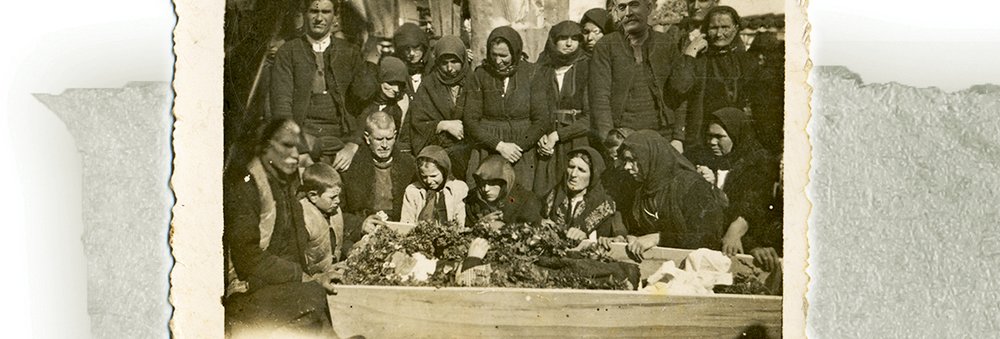(585) 352-1500

Viewing the Deceased
The tradition of a wake
The rituals and ceremonies surrounding death serve important functions. Since the beginning of human history, we have marked death with a vast variety of rituals and ceremonies. While the rituals themselves differ, most share common elements and purposes. Rituals for the dead serve to help those who survive to recognize and grieve their loss, and to reaffirm a sense of community and social support among those who survive.
Until only the last hundred years or so, death typically occurred at home. Death was a normal, yet still difficult, part of family life. It was the deceased’s own family that prepared and handled the body, traditionally followed by a “wake.” A wake was a time for vigil, when family members remained with the body of their loved one until it was buried. Wakes were held in the home and served as a time for friends and relatives to visit, view the body, and pay respects.
Today, our relationship with death has changed. The majority of people die in hospitals or healthcare facilities, and it is rare for family members to be actively involved in the preparation of the body after the death of a loved one. Now it is not uncommon to reach adulthood without having ever seen a dead body. Funeral preparations are handled by professionals, who prepare bodies for viewing and take care of the logistics. Wakes, or viewing hours, are held in funeral homes. Yet they still serve the purpose of providing a place for friends and family to gather together and remember the deceased.
The purpose of a wake has always been to be with and honor the dead and to recognize that the death of a person impacts all of those who knew him or her. In contrast to the private grief journey we all must take, a wake is a time for people to gather to offer support and community. Wakes can be times of quiet and reserved mourning, or can be occasions for remembrance and celebration.
Decisions about viewings
The decision of whether or not to view the body of a loved one after they have died can be complicated. Some people feel certain they want to see their loved one, others feel frightened about viewing a dead body, and others are worried about what their loved one will look like. Yet grief professionals generally agree that there is significant value in seeing the body of your loved one after they have died. Viewing the dead helps us to understand, on a deeper level, that they are really gone. It provides a concrete, physical way to say goodbye that helps us grasp the reality of the loss and thus start the important work of grieving.
Viewings can be particularly important when a loved one dies a sudden or unexpected death. We all imagine how difficult it is for family members of people who go missing, and we invest tremendous resources trying to recover bodies after a tragedy. Research supports the idea that viewing a body is particularly beneficial to people whose loved ones die suddenly or traumatically. Family members share later that the viewing served an important role in helping them understand the reality of the death.
Viewing someone who has died can be distressing and painful. It evokes strong emotions and creates a powerful memory. Yet most people who make this decision are glad that they did. It is far more common to hear regret and remorse from those who decide not to view their loved ones.
Perhaps the most important aspect of a viewing is a sense of control. The simple act of making the choice of whether or not to view a loved one carries important psychological implications. Offering a viewing and allowing each individual to decide for themselves how to participate empowers the bereaved to have the experience that fits their own needs.
When deciding to have a viewing, there are several factors to consider. For a public viewing, it is often recommended that family schedule private time alone with the deceased before others arrive. This provides family members time to be alone with their loved one a final time. Opening up the viewing to larger family and friends can be a very positive and beneficial experience. Because a viewing can be difficult, having the presence of friends and family reminds us that we have their support through the grieving process. Friends and family may gather to share memories and stories, which can also provide comfort and alleviate loneliness.
When someone we love dies, we are often overcome with emotions. These feelings don't arise in neat packages, but are like a tornado of emotions. Anger, sadness, relief, disbelief, and anxiety can be disorienting. The rituals and ceremonies surrounding death provide us an anchor that grounds us and provides a sense of security and structure, at a time when the world seems chaotic and confusing.



Comments